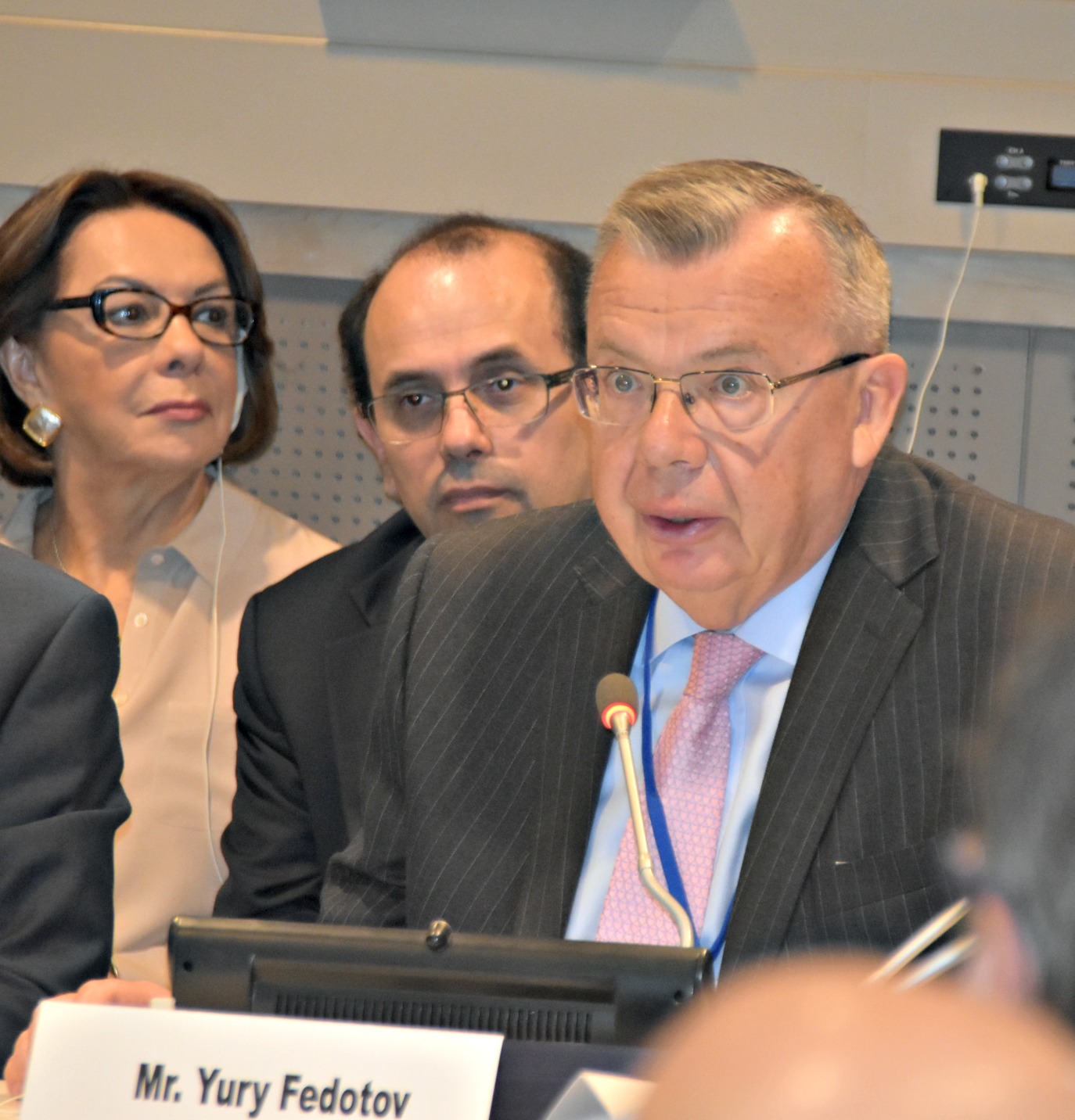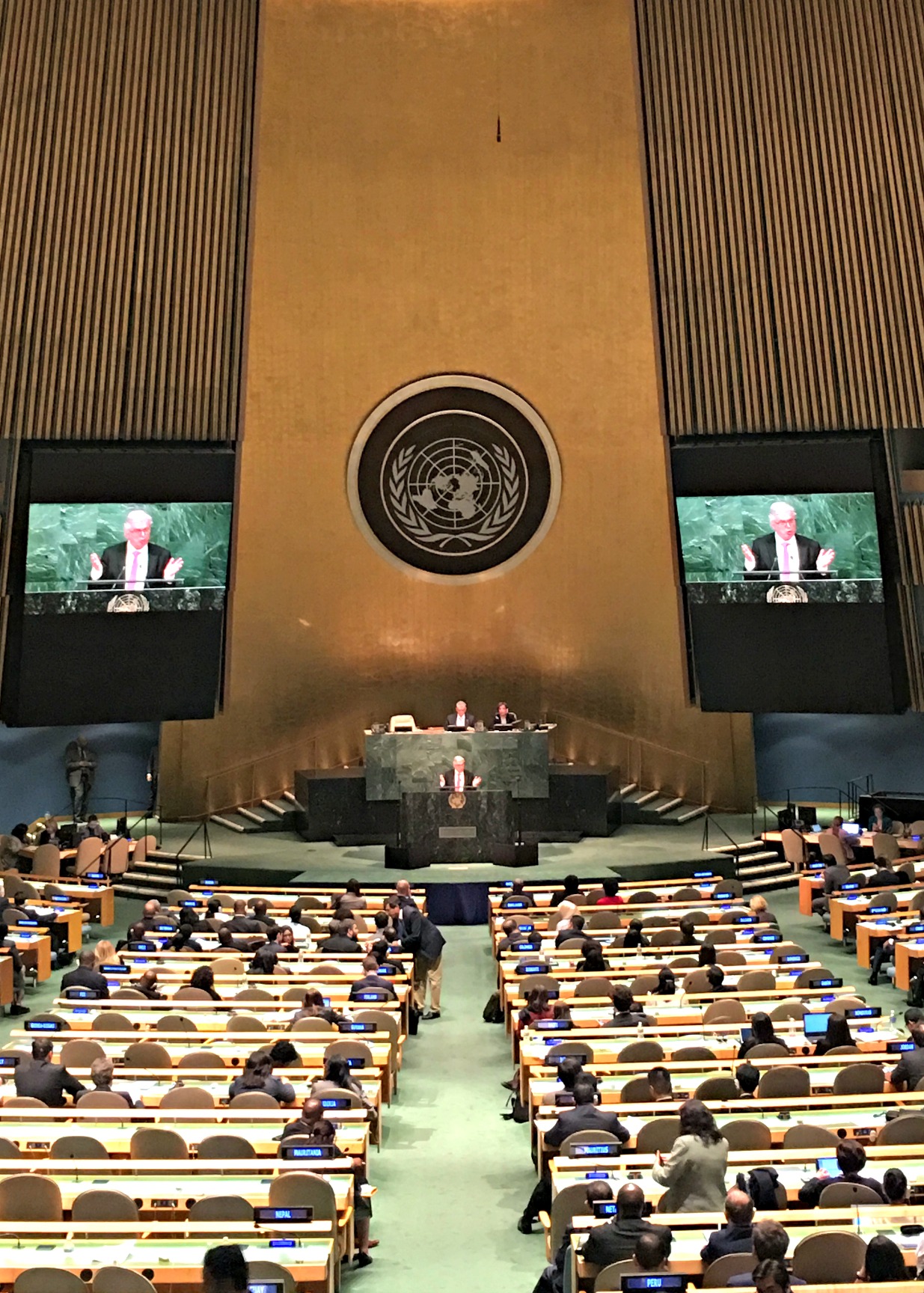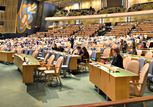The UNGASS Outcome Document:
A comprehensive menu for reducing drug-related harm
The UNGASS Outcome Document adopted in New York 19 April offers an excellent strategy for a comprehensive, balanced and effective policy to reduce both drug use and its related harm. The document contains a long menu of effective interventions that will reduce drug-related harm – if the words are made into action.
The UN member countries met in New York 19-21 April to discuss results achieved and the way forward in global drug policies. Some countries advocated for legalization of narcotic drugs, but there was no support among the UN member states for such a move. Instead the UNGASS Outcome Document reaffirmed that the three UN drug conventions, whose goal is to prevent and reduce drug use worldwide, shall remain the cornerstone of global drug policy.
Here are comments to the outcome from UNGASS by some of the prevention-oriented NGOs that have been part of the preparatory discussions and also the UNGASS meeting itself.
 The UNAODC Executive Director, Yuri Fedotov (picture right), commented: "We must take advantage of the momentum provided by UNGASS to strengthen cooperation and advance comprehensive, balanced, integrated rights-based approaches that help to protect and promote the health, safety and security of people everywhere". Click here for a full account of Mr. Fedotov's comments.
The UNAODC Executive Director, Yuri Fedotov (picture right), commented: "We must take advantage of the momentum provided by UNGASS to strengthen cooperation and advance comprehensive, balanced, integrated rights-based approaches that help to protect and promote the health, safety and security of people everywhere". Click here for a full account of Mr. Fedotov's comments.
Results of significant importance
The important results achieved by the UN member states at the UNGASS conference were to a large extent overshadowed by the controversies around the legalization debate. The political results are nevertheless of significant importance. If only parts of the Outcome Document were translated into national and local action, it would make a world of difference in terms of reduced drug-related harm.
This was also the main point in the statement by FORUT representative Dag Endal (picture right) at the closing session of the UNGASS meeting: “Taking action is now the challenge for all member states of the UN. Some claim that everything has been tried and that nothing works. One could not be more mistaken! Reality is that we know a lot about what works. The problem is rather that too many countries have failed in using too many of the effective policy options”.
Action makes a difference!
Dag Endal said that using the next three years, till the next meeting in 2019, for a continued struggle over words will not make any difference. “But three years of evidence-based interventions will make a big difference. We therefore appeal to all national delegations to go home, to pick a few interventions that have the greatest potential for prevention and treatment – and then implement them forcefully”.
A silent revolution taking place
The FORUT representative says that the UNGASS Outcome Document is a manifestation of a silent revolution that now takes place in global drug policies. One of the national delegates who took part in the same type of meeting 20 years ago described it as a world apart.
 “The UNGASS document takes a broad, balanced and health-oriented approach to drug policies. It reaffirms the overarching goal of the UN drug conventions, namely to promote health and welfare. At the same time the UNGASS conference unerlined that national governments are offered a wide flexibility within the limits of these conventions”, says Dag Endal.
“The UNGASS document takes a broad, balanced and health-oriented approach to drug policies. It reaffirms the overarching goal of the UN drug conventions, namely to promote health and welfare. At the same time the UNGASS conference unerlined that national governments are offered a wide flexibility within the limits of these conventions”, says Dag Endal.
A joint commitment
The outcome document was unanimously adopted through a resolution at the opening of UNGASS. It has the title “Our joint commitment to effectively addressing and countering the world drug problem”. The document says the following: “We reiterate our commitment to promote the health, welfare and well-being of all individuals, families, communities and society as a whole, and facilitate healthy lifestyles through effective, comprehensive, scientific evidence-based demand reduction initiatives at all levels, covering, in accordance with national legislation and the three international drug control conventions, prevention, early intervention, treatment, care, recovery, rehabilitation and social reintegration measures, as well as initiatives and measures aimed at minimizing the adverse public health and social consequences of drug abuse…”
The document has 24 pages where all important aspect of reducing drug-related harm are covered: Primary prevention along the lines described in the UNODC International Standards og Drug Prevention; Early interventions; Access to essential medicines; A broad selection of treatment and rehabilitation programmes; Alternative Development; Drug trafficking and its links to organized crime; Health Promotion, Human Rights; Gender perspectives; and New challenges like internet trade and new psychoactive substances.
RELATED ARTICLES
- Children and youth first!
- Amplifying the voice of the silent majority
- Empowerment of children is key in drug prevention
- World Drug Report 2017 is here
- Ten steps for successful national action on drugs
- International protests against drug-related killings in the Philippines
- Report from WHO on effects of nonmedical cannabis use
- UNODC: International Standards on Drug Use Prevention
- Prevent drug problems, don't promote them
- FORUT representative to speak at UNGASS

